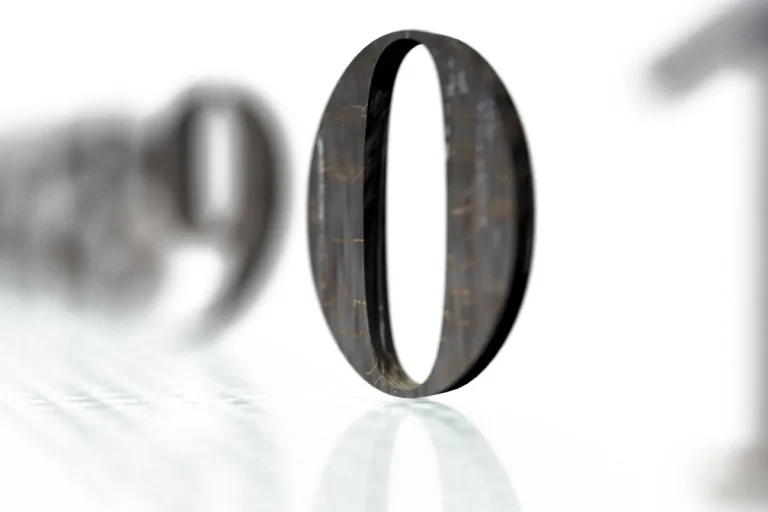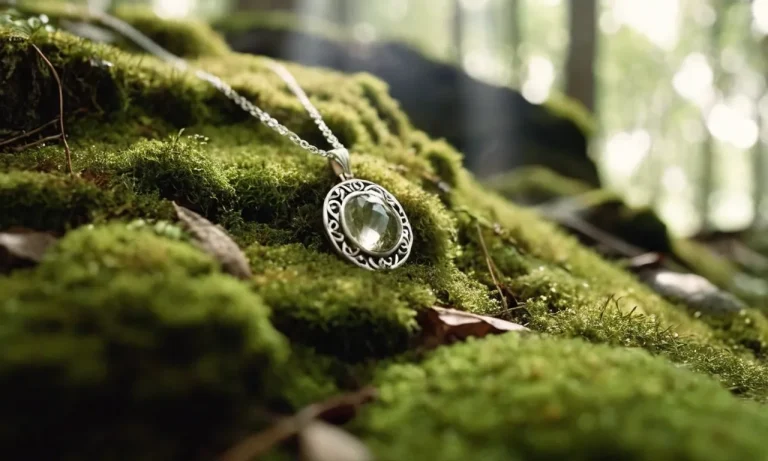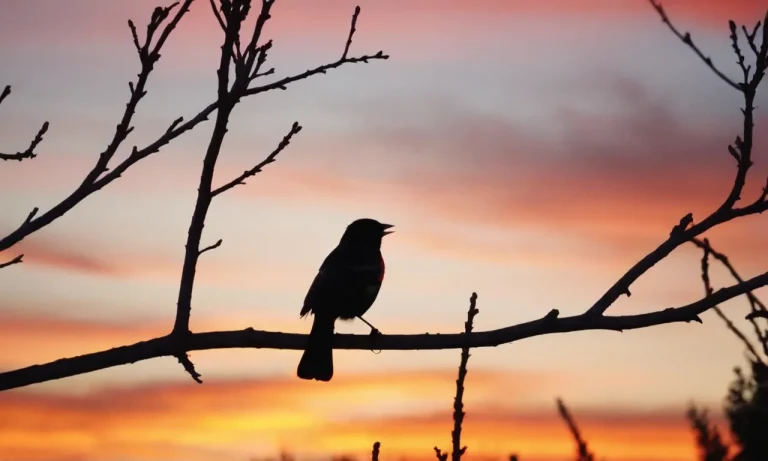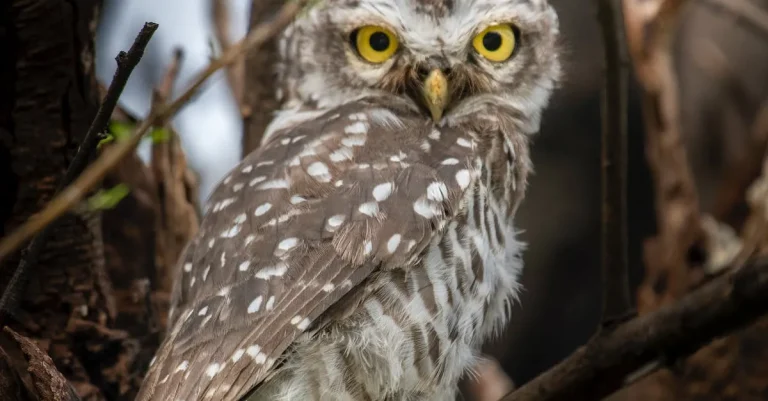The graceful, long-legged crane is a captivating bird that has inspired mythology and symbolism across many cultures. If you’ve ever wondered what cranes represent, you’ve come to the right place. In this comprehensive guide, we’ll explore the rich symbolic meanings associated with these elegant birds.
Physical Attributes and Behavior
Description and Identifying Features
The crane bird is an elegant and majestic creature known for its long legs, slender body, and elongated neck. It is easily recognizable by its distinctive beak, which is long and pointed. The plumage of the crane bird varies depending on the species, ranging from shades of white and gray to vibrant hues of red and blue. One unique feature of the crane bird is its ability to stand for long periods on one leg, which is both fascinating and graceful to observe.
Habitat and Migratory Patterns
Crane birds can be found in various habitats across the world, including wetlands, grasslands, and marshes. They are highly adaptable and can be seen in both tropical and temperate regions. These birds are known for their impressive migratory patterns, as they travel long distances in search of suitable breeding grounds and food sources. Some species of crane birds undertake extraordinary journeys, covering thousands of miles each year.
Diet and Feeding Habits
The diet of crane birds primarily consists of small animals, insects, fish, and plants. They are opportunistic feeders and will consume whatever food source is readily available in their habitat. Using their sharp beaks, crane birds skillfully catch fish from shallow waters and search for small invertebrates in the soil. They also feed on grains and seeds when foraging in agricultural fields. The diverse diet of crane birds reflects their ability to adapt to various environments.
Courtship Rituals and Reproduction
The courtship rituals of crane birds are a sight to behold. These rituals involve elaborate displays of dancing, calling, and intricate movements. The birds perform synchronized dances, showcasing their grace and agility, as a way to attract a mate. Once a pair is formed, crane birds build their nests in wetland areas using sticks, grass, and other available materials. The female lays a single or occasionally two eggs, which are then incubated by both parents. The young crane birds, known as chicks, hatch after a month and are cared for by their parents until they are ready to fledge.
Cultural and Mythological Significance
Cranes in Asian Cultures
In Asian cultures, cranes hold great significance and are often seen as symbols of longevity, wisdom, and good fortune. They are believed to bring harmony and balance to the world. In Japan, the crane is considered a mystical creature and is associated with the gods and spirits. The Japanese art of origami often features crane designs, and folding 1,000 origami cranes is believed to grant a wish. In Chinese culture, cranes are a symbol of immortality and are often depicted with symbols of longevity. The sight of cranes flying is considered auspicious and is believed to bring good luck.
Cranes in Ancient Egyptian Mythology
Ancient Egyptian mythology also holds cranes in high regard. The crane was associated with the sun god Ra and was believed to be a messenger between the gods and humans. Depictions of cranes can be found in ancient Egyptian artwork and hieroglyphics. The crane was seen as a symbol of regeneration and rebirth, representing the cycle of life and death.
Cranes in Greek Mythology
In Greek mythology, cranes were associated with the gods and were seen as symbols of vigilance and protection. They were believed to be messengers of the gods and were often depicted alongside the goddess Athena, who was associated with wisdom and strategy. The crane’s ability to soar high in the sky was seen as a representation of divine guidance and foresight.
Cranes in Native American Cultures
Cranes also hold significance in Native American cultures. They are often seen as symbols of peace, grace, and harmony. In some tribes, cranes are believed to bring messages from the spirit world. The crane’s elegant and graceful movements are admired and emulated in various Native American dances and ceremonies.
When exploring the cultural and mythological significance of cranes, it is important to note that these beliefs and symbols may vary across different regions and tribes. However, the overarching theme of cranes representing wisdom, longevity, and divine connection remains consistent.
For more information on the cultural significance of cranes, you can visit National Geographic or World Birds.
Symbolic Meanings of the Crane
Longevity and Patience
One of the most prominent symbolic meanings associated with the crane bird is longevity. In many cultures, the crane is believed to live a long and prosperous life, often reaching ages of 50 to 60 years. This longevity is often attributed to the crane’s patience and ability to endure challenging conditions. Just like the crane, we can learn the importance of patience in our lives and how it can lead to long-term success.
Happiness and Celebration
The crane bird is also a symbol of happiness and celebration in many traditions. In Japan, for example, cranes are often associated with good fortune and are believed to bring happiness and joy to those who encounter them. In Chinese culture, cranes are seen as a symbol of longevity and are often depicted with other auspicious symbols during festive occasions. So the next time you spot a crane, take a moment to appreciate the happiness and celebration it represents.
Dancing Cranes and Joyfulness
Have you ever witnessed the graceful dance of cranes? It is a mesmerizing sight that fills the heart with joy. In various cultures, the dancing movements of cranes are seen as a symbol of joyfulness and harmony. The elegance and grace displayed by these birds during their dances serve as a reminder to embrace joy and find harmony in our lives.
Vigilance and Maternal Devotion
Crane birds are known for their exceptional vigilance and maternal devotion. They are highly attentive parents, fiercely protecting their offspring from any potential threat. This characteristic of the crane symbolizes the importance of being watchful and dedicated to our loved ones. It teaches us to be vigilant in our relationships and to prioritize the well-being of our family and friends.
Wisdom and Discernment
The crane bird is often associated with wisdom and discernment. In many ancient cultures, the crane was believed to possess a deep understanding of the natural world and was considered a symbol of wisdom. Its ability to stand tall and observe its surroundings with precision serves as a reminder for us to cultivate wisdom and make informed decisions in our lives.
The Crane in Art and Literature
The crane bird has long been a source of inspiration for artists and writers across different cultures. Its grace, elegance, and mystical qualities have made it a popular subject in various forms of artistic expression.
Cranes in Haiku Poetry
Haiku, a traditional form of Japanese poetry, often features references to the crane. These short, three-line poems capture the essence of a moment in nature and often symbolize beauty, longevity, and transcendence. One famous haiku by Matsuo Basho reads:
“A crane’s legs
Have gotten shorter
In the icy shower.”
This haiku beautifully captures the image of a crane standing in freezing water, symbolizing its resilience and adaptability in the face of adversity.
Origami Cranes
Origami, the art of paper folding, has a long-standing tradition of creating intricate crane sculptures. The crane is considered a symbol of luck, happiness, and longevity in Japanese culture. Folding 1,000 origami cranes, also known as senbazuru, is believed to grant a wish or bring good fortune. This tradition gained worldwide attention after Sadako Sasaki, a young survivor of the Hiroshima atomic bomb, famously started folding cranes as a symbol of peace and healing.
Cranes in Paintings and Sculptures
The crane’s graceful form and majestic presence have been captured in countless paintings and sculptures throughout history. In Chinese art, the crane is often depicted as an auspicious symbol of longevity and immortality. The famous Chinese painting “One Hundred Birds Paying Homage to the Phoenix” features the crane as one of the birds paying tribute to the mythical phoenix.
Similarly, in Western art, the crane is often portrayed as a symbol of elegance and tranquility. Painters such as John James Audubon and Albrecht Dürer have immortalized the crane in their works, showcasing its beauty and significance in the natural world.
Featured in Children’s Stories and Fables
The crane’s symbolism and significance have also found their way into children’s literature. In stories and fables, the crane is often portrayed as wise, graceful, and noble. For example, in Aesop’s fable “The Peacock and the Crane,” the crane’s modesty and humility are contrasted with the peacock’s vanity.
Furthermore, the Japanese folktale “Tsuru no Ongaeshi” tells the story of a grateful crane who transforms into a young woman to repay the kindness shown to her. These stories not only entertain children but also teach important moral lessons about the value of kindness, humility, and gratitude.
Crane Symbolism in Dreams
Dreams have always fascinated us with their mysterious and symbolic nature. They can provide insights into our subconscious mind and offer guidance for our waking lives. When it comes to crane symbolism in dreams, it holds a special significance that can offer valuable interpretations. Let’s explore some common scenarios involving cranes in dreams and their possible meanings.
Seeing a Crane
If you dream about seeing a crane, it is often considered a positive sign. Cranes are often associated with grace, elegance, and longevity. Seeing a crane in your dream may symbolize good luck, prosperity, and a sense of inner peace. It could be an indication that you are on the right path in life and that positive opportunities are coming your way. Embrace this symbol of hope and let it inspire you to reach for new heights.
Crane Flying
When a crane is seen flying in your dreams, it can signify freedom, independence, and a sense of liberation. It may suggest that you are ready to spread your wings and explore new horizons. Flying cranes can also represent the ability to rise above challenges and obstacles in your life. They remind you to stay resilient and maintain a positive attitude, even when faced with adversity.
Feeding or Watching Cranes
If you dream of feeding or watching cranes peacefully, it indicates a deep connection with nature and a desire for tranquility. This dream symbolizes harmony, balance, and a need for serenity in your life. It may be a gentle reminder to slow down, take a break from the hustle and bustle, and find solace in the beauty of the natural world. Cranes are known for their peaceful demeanor, and this dream encourages you to find your own inner calm.
Killing or Hurting a Crane in Dreams
While dreams about killing or hurting a crane may seem disturbing, they carry important messages as well. Such dreams may suggest that you are suppressing your emotions or acting against your true nature. It could be a reflection of inner conflicts, unresolved issues, or a need to address certain aspects of your life. Take this dream as a wake-up call to examine your actions and make necessary changes to align yourself with your values and beliefs.
Remember, dream interpretations are subjective, and the significance of crane symbolism in dreams may vary for each individual. Trust your intuition and reflect on the emotions and experiences associated with the dream to gain deeper insights into its meaning.
Conclusion
In summary, the crane is a multifaceted symbol representing wisdom, patience, maternal care, happiness, celebration, and spiritual connections. Across the world, cranes have inspired art, literature, mythology, and spiritual practices. The next time you encounter a crane, whether in real life or in a dream, think about the deeper meaning it may hold for you.






